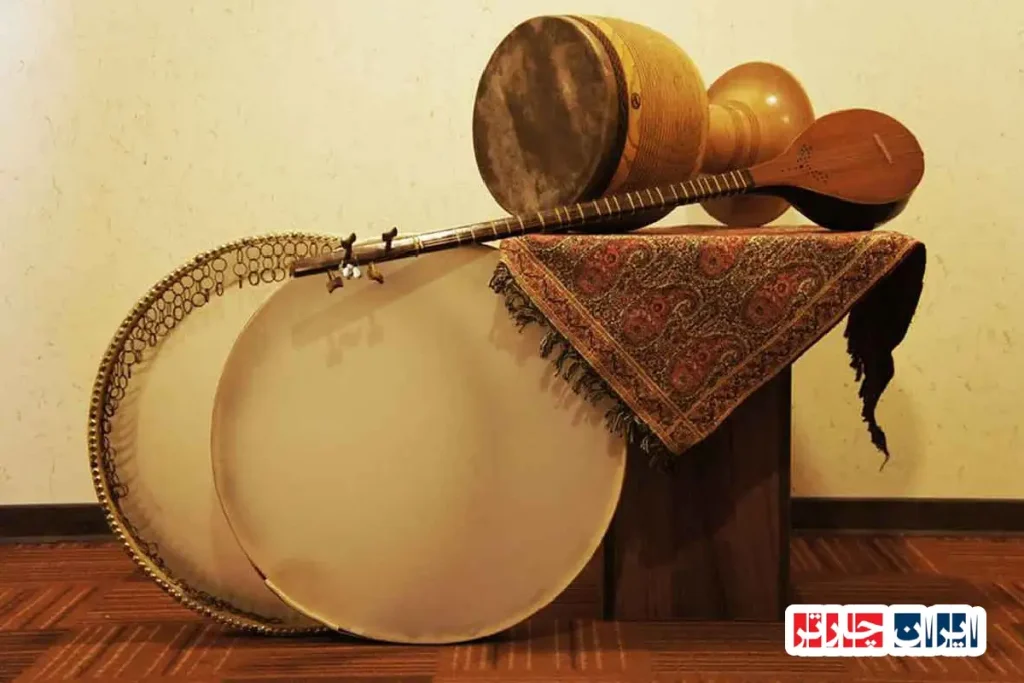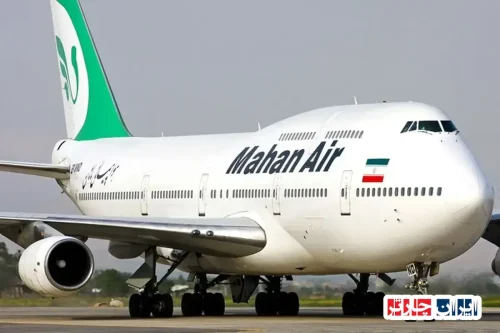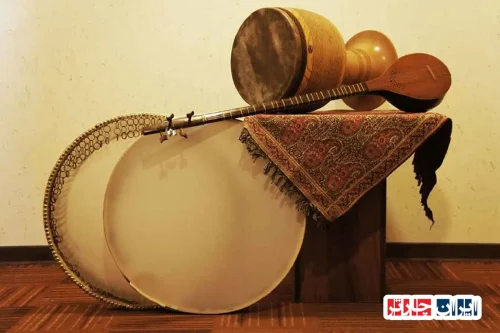An Introduction to Iranian Music
Music in the land of Iran has a long history, its roots lying deep within the history of this ancient civilization. Since ancient times, various sounds and melodies have held a special place in religious ceremonies, celebrations, and the daily lives of the people. The examination of surviving artifacts and historical accounts shows that music has always been an inseparable part of Iranian culture and identity, evolving and acquiring its unique richness over many centuries.
Chapter Two: The Golden Age of Classical Iranian Music
The period of the formation and rise of classical Iranian music can be considered the golden age of authentic melodies. During this era, traditional music schools with a codified structure of Dastgahs (modal systems), Avazes (vocal improvisations), and Gushehs (melodic modes) took shape, and prominent masters emerged whose enduring works continue to inspire artists to this day. The Dastgah system, with its set of rules and melodic patterns, enabled the creation of diverse and profound melodies, giving Iranian music its unique identity.
The analysis of the structure of Dastgahs and Avazes shows how Naghmeh in this musical system follows specific rules while simultaneously providing ample space for improvisation and artistic creativity. The masters of this period, with their mastery of this structure and the utilization of their talent and ingenuity, created novel and impactful melodies that are still recognized as outstanding examples of Iranian music.
Chapter Three: The Flourishing of Naghmeh in the Contemporary Era
In the contemporary era, Iranian music has been influenced by various factors. On the one hand, familiarity with Western music has opened new horizons for Iranian artists, leading to the emergence of new and experimental styles. On the other hand, the effort to preserve and promote authentic Iranian music has always been ongoing. In this context, the “flourishing of Naghmeh” in the contemporary era has manifested in diverse ways.
Contemporary artists, with a fresh look at traditions and the use of new possibilities, have sought to expand and innovate in the realm of Naghmeh. Some have created novel melodies by blending elements of Iranian and Western music, while others, focusing on the depth and authenticity of traditional music, have strived to preserve and recreate ancient melodies. This diversity and dynamism indicate the continued flourishing of Naghmeh in contemporary Iranian music.
Chapter Four: Key Elements of Naghmeh in Iranian Music
Naghmeh in Iranian music is formed based on specific key elements. Melody and vocal lines constitute the most fundamental part of Naghmeh, expressing the main progression of sounds and their ups and downs. Rhythm and meter also play an important role in the structure and feel of Naghmeh, lending it order and dynamism. Alongside these, ornaments and vocal trills add a special beauty and subtlety to Naghmeh, conveying deeper emotions and nuances.
Understanding these key elements is essential for recognizing and analyzing the Naghmeh of Iranian music. Each of these elements plays a role in the formation and impact of Naghmeh, and their interaction with each other shapes the unique identity of each Naghmeh. A detailed examination of these elements reveals how Naghmeh in Iranian music, relying on these solid foundations, has reached its peak of flourishing.
FAQ
Question 1: What is the significance of music in Iranian culture according to Chapter One?Answer: According to Chapter One, music has a long history in Iran and has always been an inseparable part of Iranian culture and identity, playing a special role in religious ceremonies, celebrations, and daily life.
Question 2: How does Chapter One define “Naghmeh” in Iranian music?
Answer: Chapter One defines “Naghmeh” as more than just a simple melody. It is the essence and core of a musical piece, carrying emotions, moods, and stories.
Question 3: What is described as the “golden age” in Chapter Two?
Answer: Chapter Two describes the period of the formation and rise of classical Iranian music as the “golden age” of authentic melodies.
Question 4: What was significant about the Dastgah system mentioned in Chapter Two?
Answer: The Dastgah system, with its rules and melodic patterns, enabled the creation of diverse and profound melodies, giving Iranian music its unique identity.
Question 5: What influence is discussed regarding Iranian music in the contemporary era in Chapter Three?
Answer: Chapter Three discusses the influence of Western music on Iranian music in the contemporary era, leading to new and experimental styles, alongside the ongoing effort to preserve authentic Iranian music.
Question 6: How have contemporary artists approached Naghmeh according to Chapter Three?
Answer: Contemporary artists have approached Naghmeh with a fresh look at traditions, using new possibilities, with some blending Iranian and Western elements and others focusing on the authenticity of traditional music.
Question 7: What are identified as key elements of Naghmeh in Iranian music in Chapter Four?
Answer: Chapter Four identifies melody and vocal lines, rhythm and meter, and ornaments and vocal trills as key elements of Naghmeh in Iranian music.
Question 8: What role do melody and vocal lines play in Naghmeh, as stated in Chapter Four?
Answer: According to Chapter Four, melody and vocal lines constitute the most fundamental part of Naghmeh, expressing the main progression of sounds.
Question 9: What effect do ornaments and vocal trills have on Naghmeh, according to Chapter Four?
Answer: Chapter Four states that ornaments and vocal trills add a special beauty and subtlety to Naghmeh, conveying deeper emotions and nuances.
Question 10: What is the overall theme connecting the “flourishing of Naghmeh” throughout the chapters?
Answer: The overall theme is the evolution and richness of melody (“Naghmeh”) in Iranian music, from its ancient roots through its classical golden age and into the contemporary era, highlighting both tradition and innovation.












